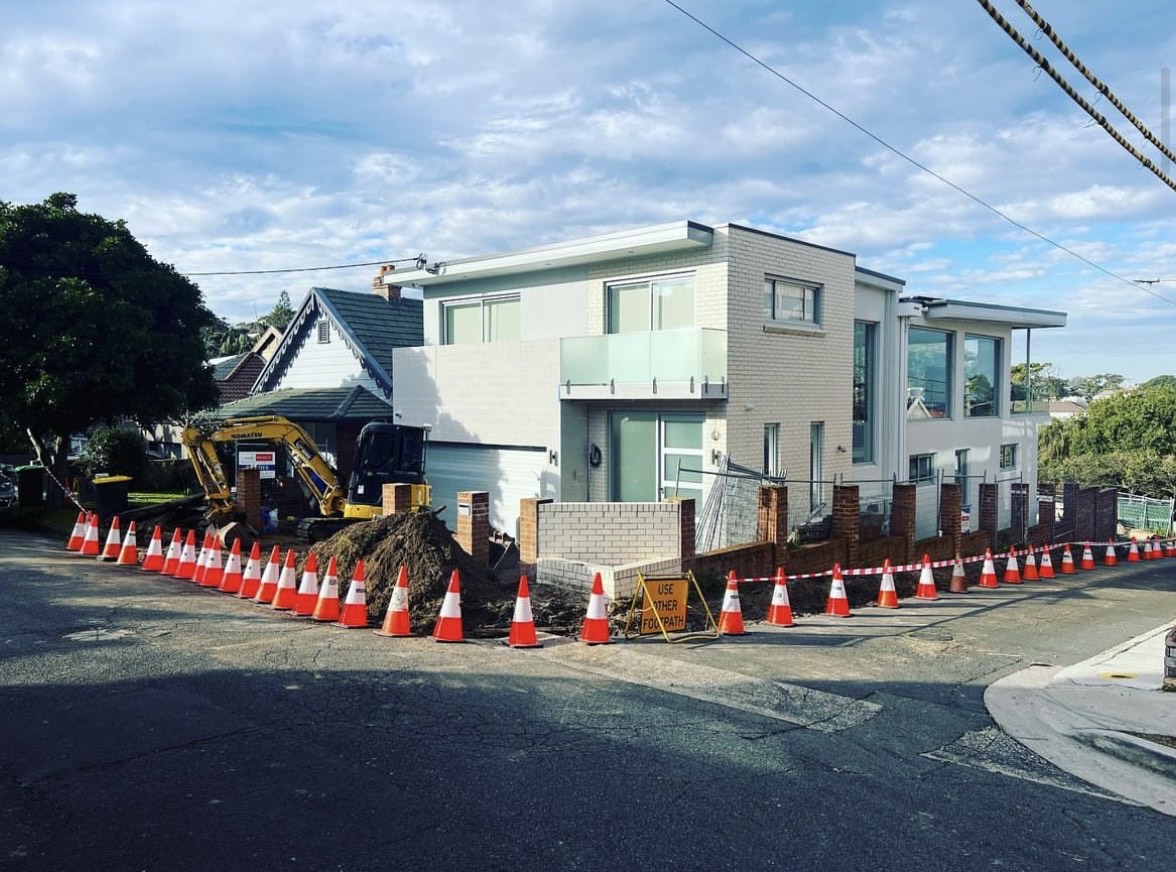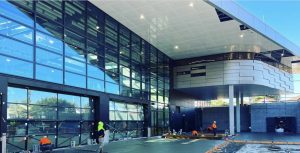Concrete is a foundational element of modern construction, but its potential extends far beyond its traditional uses. Today, architects and engineers are pushing the boundaries of what concrete can achieve, leveraging innovative techniques to create structures that are both functional and aesthetically striking.
One of the most exciting developments in concrete construction is the use of advanced formwork techniques. Traditionally, formwork has been a labor-intensive process, requiring skilled workers to build molds for pouring concrete. However, recent advancements in materials and technology have revolutionized this aspect of construction. Modern formwork systems are lightweight, reusable, and customizable, allowing for the creation of complex shapes and designs with ease.
In addition to formwork, architects and engineers are experimenting with new types of concrete slabs to achieve greater efficiency and sustainability. Waffle slabs, for example, are a lightweight alternative to traditional solid slabs. By incorporating voids or recesses into the slab design, waffle slabs reduce the amount of concrete needed while maintaining structural integrity. This not only saves on materials but also reduces the environmental impact of construction projects.
But perhaps the most exciting innovation in concrete construction is the development of self-healing concrete. Traditional concrete is prone to cracking over time, which can lead to structural issues and costly repairs. Self-healing concrete contains microcapsules of healing agents that are released when cracks form, allowing the concrete to repair itself without human intervention. This not only extends the lifespan of concrete structures but also reduces maintenance costs and environmental impact.
Innovations in concrete construction are not only improving the durability and sustainability of buildings but also expanding the possibilities for architectural design. From soaring skyscrapers to intricate facades, concrete is proving to be a versatile and indispensable material in the modern built environment.



